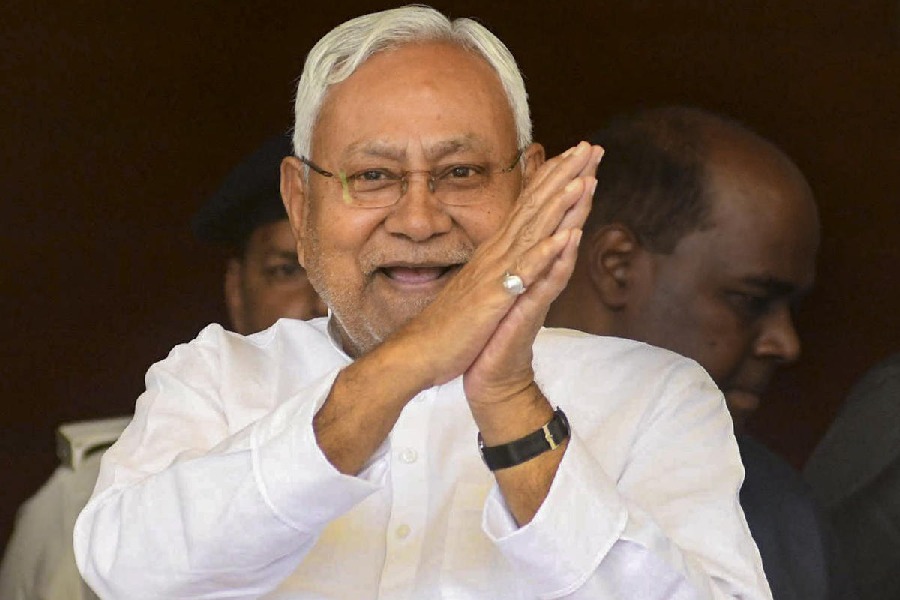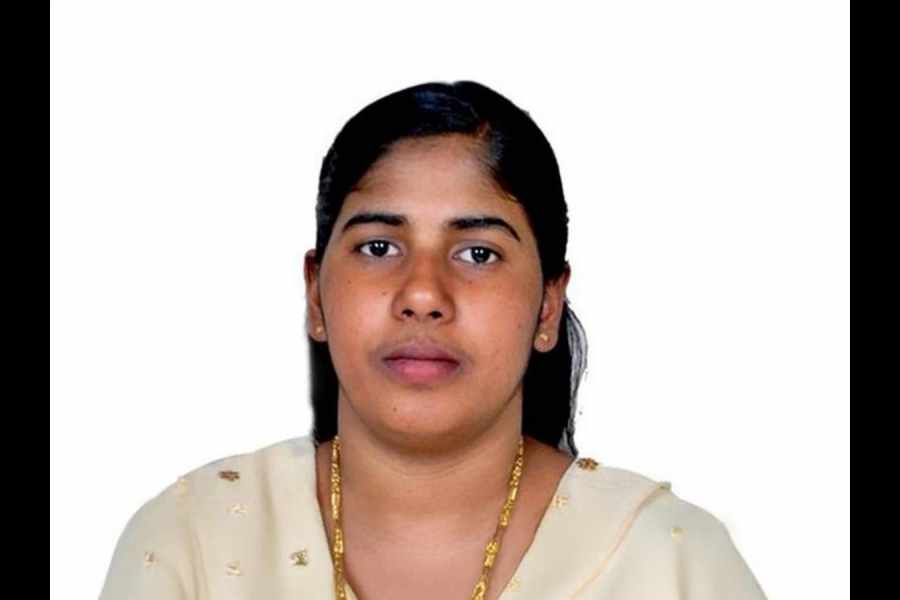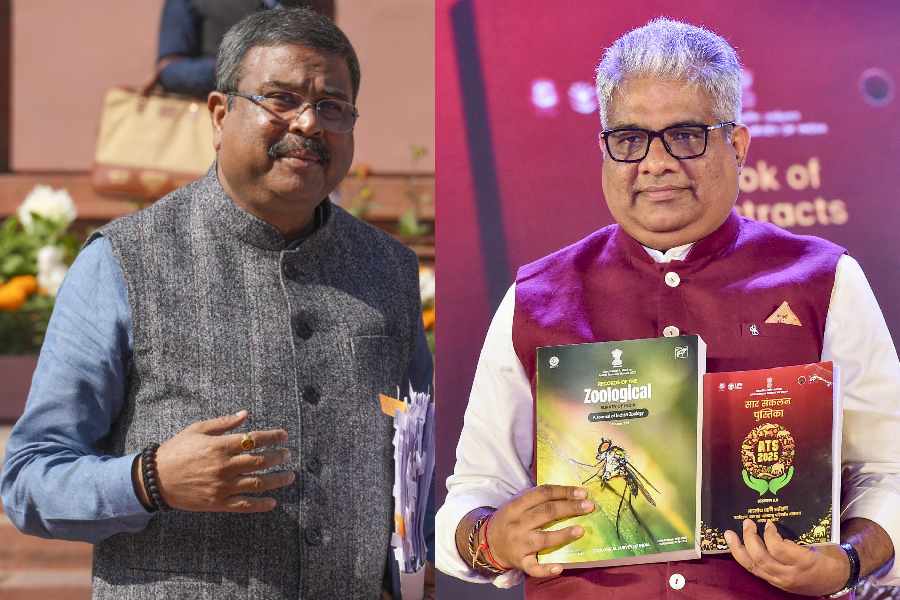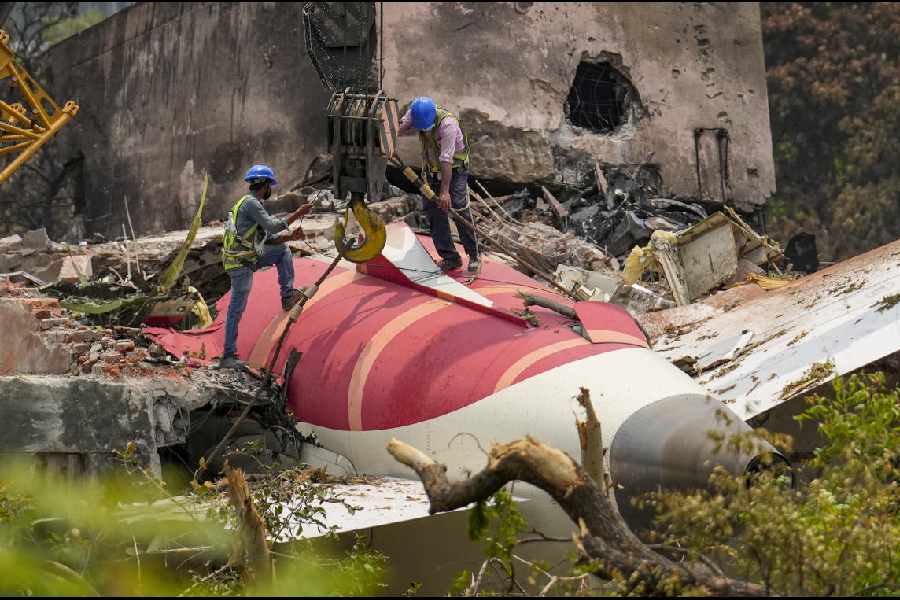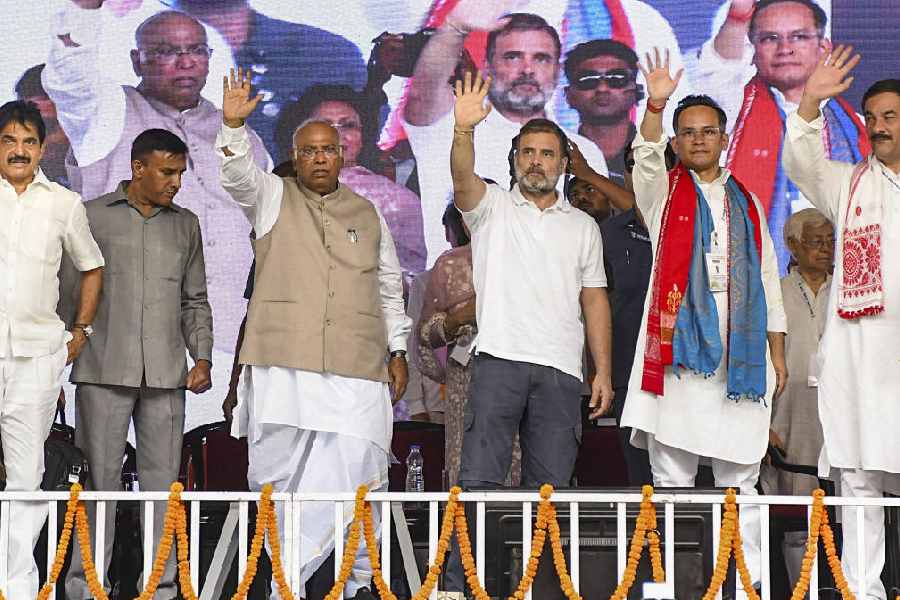.jpg)
The first time I went to Bombay — it was then still Bombay — I was a callow youth with long hair. The city was a buzzing food hub, but food those days was merely to be eaten. So instead of discovering the cuisine of Maharashtra we — a group of four boys — spent all our time cooped up in a flat, playing bridge.
If I was older and wiser, I would have — instead of focusing on no trumps and phony clubs — tried out the state’s famed Kolhapuri mutton. I discovered this dish much later, and at the Maharashtra Sadan in Delhi. Soon after that, our friend, Amita — a much respected professor who also knows her food — served us this dish to celebrate an award, and I still remember the thick and spicy gravy of the meat curry.
.jpg)
Food lovers in Calcutta won’t have to travel to Delhi or Mumbai to eat this regional speciality. Ashish Bagul, executive chef, Novotel Kolkata Hotel and Residences, has been poring over Maharashtrian cookbooks and travelling to the region, to bring to the city some authentic Maharashtra mutton recipes.
“It’s a pity that few restaurants or five- stars offer Maharashtrian food,” chef Bagul says. “The food is simple, yet so good.”
Of the many mutton dishes that the region is known for, Kolhapuri curries — the pandhara rassa with its thin gravy and the tambda rassa, the red curry — are the most popular. These are the dishes that chef Anurudh Khanna of Westin Pune enjoys the most. “I find it surprising why Maharashtrian dishes are so underrated,” he says.
.jpg)
The meat dishes are mostly hot and spicy. The red colour in the tambda rassa comes from a special chilli called
lavangi mirchi. “Khane ke baad haath lal honay chahiye,” says Westin master chef Narayan Salunke — your hands should be red after you’ve had this curry.
Chef Salunke enjoys cooking the Malwani sukka meat the most, which is one of chef Bagul’s specialities, too. Chef Bagul prepares this with a Malwani masala mix — roasting and grinding together a host of ingredients such as coriander seeds, poppy seeds, shahi jeera, fennel seeds, clove, cinnamon, black peppercorn, star anise, nutmeg, mace and black cardamom.
What interests me the most is the Khandeshi mutton curry, also known as tarri mutton or kala rassa mutton. Khandesh adjoins Madhya Pradesh, so the food often highlights a mesh of influences.
.jpg)
The dish is cooked with a special kala masala. For this, in a bit of oil, roast dry coconut, coriander seeds, dried red chillies, peppercorn, whole turmeric, cinnamon, cloves, black cardamom, shahi jeera, fennel seeds, asafoetida, poppy seeds, bay leaves, nutmeg, mace, dry ginger and cumin seeds. Then add some dagad phool — also called patthar key phool.
Boil mutton with turmeric and salt till 80 per cent done, chef Bagul says. Roast a whole onion with its skin
directly on flame till the skin is burnt. Remove the skin and keep the onion aside. Roast grated dry coconut, ginger and garlic till light brown. Grind the roasted onion, roasted coconut mix, fresh coriander leaves, turmeric powder, coriander powder, chilli powder and the kala masala with water and make a smooth paste. Fry this in hot oil. Add a bit more of the Khandeshi masala, red chilli powder and salt and cook. Add the boiled mutton with the stock and simmer for 15 minutes. And the Khandeshi mutton curry is ready.
Chef Salunke believes that Maharashtrian mutton dishes can be a hit across the country. “We have to promote them on social sites and write about them so that people get to know about these dishes,” he says.
I second that. And here’s my humble contribution.
Photographs by Subhendu Chaki;
Courtesy: Novotel Kolkata Hotel and Residences

.jpg)



